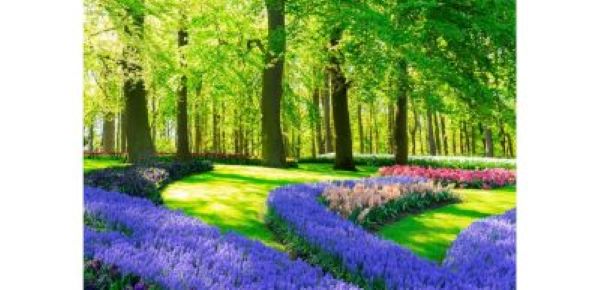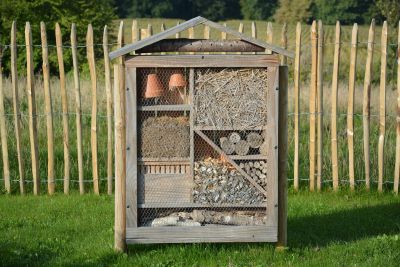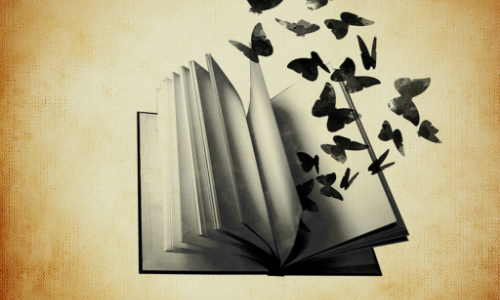Netherlands holds 49% of the world’s cut flower exports and 48% of potted plant exports.
Most flower growers in the Netherlands are family businesses. These companies grow flowers in greenhouses heated by natural gas, which was discovered after 1960, and brought vitality to the economy.
The world’s largest flower auction is in the city of Aalsmeer in the Netherlands. The auction building in this city is the fourth-largest commercial structure in the world (518,000 square meters) and is located near Amsterdam Schiphol Airport, one of Europe’s largest air cargo hubs.
Approximately 35% of global cut and potted flower trade takes place through this auction. The auction sells around 3.3 billion roses and 1.7 billion tulips annually.
Flower prices in the auction are determined according to the Dutch auction method. A special clock is used in this method. The clock starts at a high price and quickly decreases. The buyers in the amphitheater-shaped auction room acquire the flowers by pressing the button first. This method was invented by a Dutch farmer in the 1870s to reduce the time spent by growers in the market. Currently, with the help of 35 specially designed clocks in different rooms of the auction building, nearly 1,000 commercial transactions are conducted per hour (approximately one transaction every four seconds).
Some figures:
- Annual turnover: 4.6 billion euros
- Number of cut and potted flowers traded in a year: 12.1 billion
- Most popular flowers: roses, tulips, and chrysanthemums
- Top exporting countries: Germany, the United Kingdom, France, Italy, and Belgium
- Daily commercial transactions: 100,000
- Number of flower varieties traded: 30,000
- Number of members: 4,031
- Number of buyers: 2,465
- Number of employees: 2,636
The chain from growers to customers is as follows: Flowers cut in the morning are sorted through special machines in the afternoon. They are packaged for transportation and labeled according to their quality. They are taken to the auction building before 10:00 PM and stored in a cold storage facility overnight. At 4:30 AM, they are taken from the storage and brought to a large hall where they are numbered and placed on automated carts that move on special rails. The auction starts at 6:30 AM. The auction rooms’ computers display information about the grower, product, price, and quality.
After the auction ends, the flowers are repackaged for transportation. For example, flowers exported to New York are sent by planes departing from Amsterdam Schiphol Airport, which takes an eight-hour flight to reach New York. Then the cargo is unloaded, inspected, undergoes customs procedures, and stored. The flowers from Aalsmeer reach the seller in New York within 48 hours. Road transport within Europe also takes place within 48 hours. Timing is crucial, because the value of flowers decreases towards zero within 10-12 days after they are cut.
The auctions in the Netherlands are controlled by cooperatives formed by growers, so the system is adjusted in favor of the growers rather than the buyers. The auction moves very quickly, forcing buyers to make quick decisions and increasing competition among them. Experiments have shown that as the speed of the clock increases, the price of the product also increases. Moreover, since service costs increase with large purchases, it is not reasonable for a single company to make wholesale purchases without entering competition.
The following are the factors that could potentially challenge flower auctions in the Netherlands:
- Large companies make large purchases from growers in Spain and other countries without participating in the auction.
- Intensive commercial activity has led to increased traffic congestion.
- Kenya, Spain, Israel, India, and Colombia are the main competitors of the Netherlands in this sector. The expensive labor force in the Netherlands, pressure from environmental regulations, and political tendencies to increase natural gas prices have put these competitors in an advantageous position. The transfer of agricultural technologies and the reduction in air transportation costs also strengthen the competitors. Due to these economic pressures, Dutch growers are increasingly inclined towards cultivating high-value-added flowers.
In the Tele Flower Auction, which is a competitor to Aalsmeer and was established in 1994, flowers from countries such as Kenya, Tanzania, and Uganda are offered. Unlike others, participation in this auction is through a computer, and purchases are made by pressing the keys on the keyboard according to the displayed time. Although customers do not see the flowers, this auction’s market share is increasing due to the importance given to factors such as quality, trust, reputation, and fast delivery (some orders are delivered to the customer within half an hour). Advances in information technology support systems that benefit not only growers but all stakeholders.
Sources
www.statista.com/topics/3732/flower-industry-in-the-netherlands/




